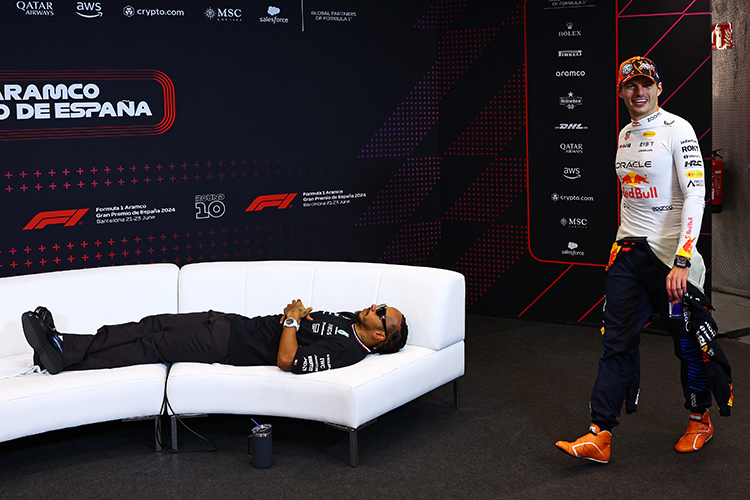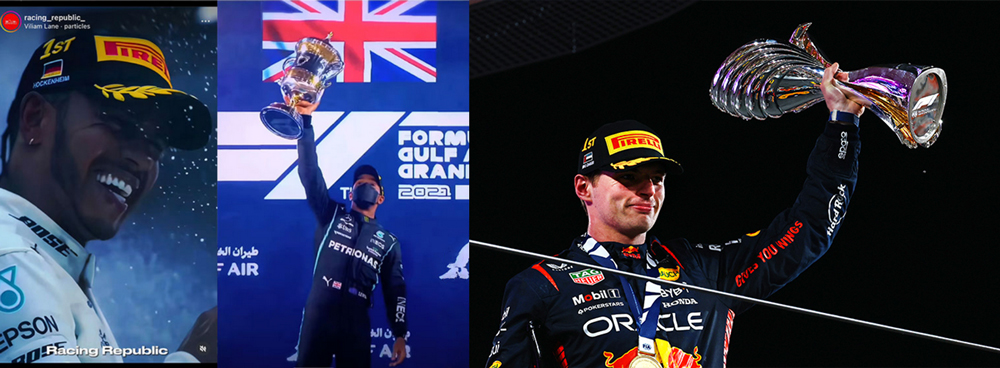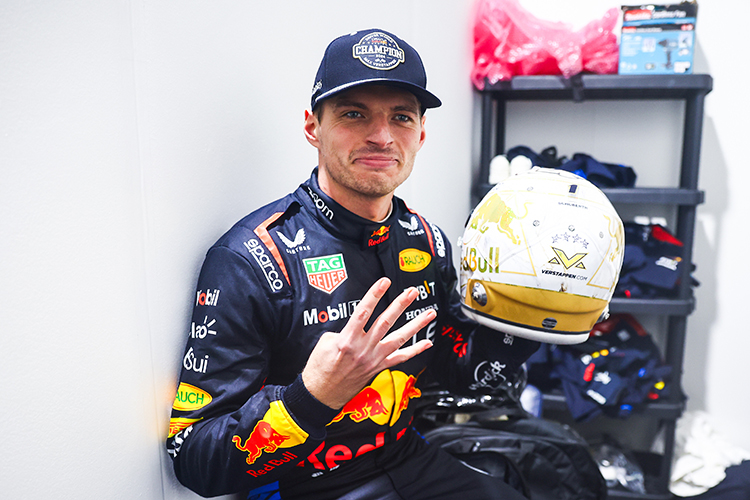How Practice Sessions Help Teams Test New F1 Parts and Updates
How Formula 1 teams use Friday practice to test new parts and upgrades, validate aero, and lock race setups under cost cap and parc ferme pressure.
If you want to see the real innovation in Formula 1, don’t just tune in for qualifying fireworks—watch Friday. With in-season testing heavily limited and the cost cap tightening belts, free practice has become F1’s rolling R&D lab. It’s where aerodynamicists meet asphalt, simulations meet crosswinds, and shiny upgrades either earn their keep or get quietly boxed up before qualifying. Here’s how teams use those precious 60-minute sessions to turn fresh parts into real lap time.
Why Friday Matters More Than Ever
- Limited testing: Wind tunnels and CFD are capped, filming days are slow and restricted, and private testing is banned. Real-world running is gold dust.
- Parc fermé pressure: After final practice (or after FP1 on sprint weekends), car specifications are largely locked for the rest of the event. Decisions made in practice effectively decide your race car.
- Cost cap reality: Every new component is an investment. Practice is where teams validate performance, ensure reliability, and decide whether to roll upgrades out to both cars—or shelve them.
The Weekend Structure: What Each Session Is For
- FP1 (60 minutes): Systems checks and initial aero correlation. You’ll see installation laps, sensor arrays, and flow-vis paint. The goal is to validate that the car behaves close to the simulations.
- FP2 (60 minutes): The heavy lifting. Back-to-back comparisons, longer runs for tire data, cooling checks, and setup sweeps. Data goes back to the factory overnight for model updates and simulator work.
- FP3 (60 minutes): Final refinement. Quick run plans to lock setup for qualifying; small final checks on the chosen package.
On sprint weekends, there’s only one practice (FP1) before parc fermé. That compresses the entire test program into a single hour—one of the most high-pressure slots on the calendar.
The Toolkit: Sensors, Paint, and Aerodynamic Rakes
Practice is full of gizmos you won’t see in qualifying or the race:
- Aero rakes: Those scaffolds of tubes behind the front wheels or diffuser are arrays of Pitot probes measuring local air speeds and flow angles. They map wake structures and verify CFD predictions.
- Flow-vis paint: A luminous, oil-based paint brushed onto wings, floors, or endplates. As the car runs, the paint streaks along the airflow lines, revealing separation, vortices, and attachment.
- Pressure taps and transducers: Tiny holes and sensors in wings and floors to measure pressure distribution and infer downforce.
- Ride-height lasers and suspension load cells: Track how the car’s aero platform shifts with speed, braking, and kerb strikes—crucial for ground-effect floors.
- Wheel force transducers, brake and tire thermocouples: Help quantify how updates change tire energy, wear profiles, and brake cooling needs.
- Onboard strain gauges and high-speed cameras: Monitor wing flex, endplate flutter, and structural margins relative to FIA deflection tests.
- Thermal sensors and IR cameras: Map cooling performance so teams can choose how many louvres to open and how aggressive they can be with bodywork.
These instruments add weight and drag, so they’re used early in practice and removed once data is banked.
How a Team Builds a Practice Test Plan
Think of the run plan like a scientific experiment with a stopwatch:
- Establish a baseline
- Start with a known-good configuration and do a representative run.
- Collect comparable tire, fuel, and power mode data so later runs can be adjusted for those variables.
- A/B comparisons
- Fit the new part on one run (Spec B), then revert to the baseline (Spec A) or vice versa. Swap quickly so track evolution doesn’t muddy the picture.
- Sometimes teams split specs across cars (one runs the upgrade, the other the old package) to speed up learning. The risk: one driver may be stuck with the slower spec for the weekend.
- Isolate variables
- Change one thing at a time. If you bolt on a new floor, don’t also overhaul the front wing and rear suspension settings on the same run.
- Use matched tire compounds and fresh sets for key comparisons, or correct for tire life with models.
- Map sensitivity
- Run ride-height sweeps, wing angle changes, and differential maps to discover where the package works best.
- Do constant-speed aero runs on straights to measure drag and downforce deltas and verify DRS behavior.
- Validate reliability
- Spot-check for vibration, oscillation, porpoising, and thermal hotspots on longer runs.
- Check clearances with kerbs and underbody wear (plank/skid) to ensure legality and raceability.
- Decide and commit
- Combine driver feedback with telemetry and GPS overlays sector by sector.
- If the upgrade correlates to simulations and improves tire life or peak pace, it stays. If not, revert before parc fermé locks the spec.
Correlation: Making the Virtual Car Match the Real One
Upgrades start life in CFD and the wind tunnel. Practice answers the question: did the real part do what the model said?
- GPS overlays: Comparing traces from different specs shows where time is gained or lost—braking, rotation, or traction zones.
- Micro-sectors: Teams split the lap into dozens of bite-size sectors to understand exactly where performance appears.
- Load and pressure deltas: Do the measured aero loads match predicted curves with speed and yaw? If not, the model gets updated.
- Tire metrics: New aero can change how hard the tires are worked. Teams watch core and surface temperatures, slip angles, and graining/blistering tendencies.
- Factory “mission control”: Performance engineers back at base crunch live data and feed updated parameters to the garage between runs and overnight, often updating simulation and driver-in-the-loop rigs.
What Gets Tested in Practice?
- Floors and edges: Ground-effect floors are wildly sensitive to ride height and kerb strikes. Practice maps how updated floors handle bumps and crosswinds, and whether they reduce porpoising or bouncing.
- Front and rear wings: Teams probe balance windows, stall margins, and DRS effectiveness. You might see different flap configurations or new endplates.
- Beam wings and diffusers: Subtle changes can shift rear stability on entry and traction on exit—key for tire life.
- Cooling packages: Different louvre counts, inlet sizes, and tailpipe shrouds are tested against real ambient temperatures and following-car conditions.
- Suspension components and kinematics: New wishbones or revised geometry can change how the aero platform is controlled, improving consistency over kerbs.
- Brake ducts: Not just for cooling—ducts influence aero wake and can be tuned to track demands.
- Software and energy management: Power unit modes, harvesting maps, and brake-by-wire calibrations are refined to match new aero loads and traction characteristics.
Managing the Messy Variables: Tires, Fuel, and the Track Itself
Practice isn’t a wind tunnel. Teams have to deal with a living, breathing racetrack.
- Track evolution: Grip ramps up as rubber goes down. That’s why back-to-backs are tight and sometimes done on consecutive laps.
- Tire condition: A new medium with five laps is not the same as a new medium with zero. Teams model wear and temperature to normalize comparisons.
- Fuel load: Heavier fuel hides pace. Engineers correct times for fuel mass to get a fair read on upgrade performance.
- Traffic and tow: A slipstream on the main straight can distort drag evaluations. Teams often discard those laps for aero decisions.
- Weather: Temperature and wind direction can flip an aero balance. Correlation runs happen when the wind is stable; otherwise, the data gets flagged.
Sprint Weekends: The One-Shot Exam
On sprint weekends, parc fermé starts after FP1. That means:
- Upgrades only come out if simulations scream “slam dunk.”
- The program prioritizes install checks and a single, high-quality A/B test.
- If it’s inconclusive, teams usually revert to the known spec to avoid being locked into a dud for the rest of the weekend.
From Data to Decision: How Teams Judge an Upgrade
Lap time matters, but it’s not the only metric:
- Peak performance: Is the car faster over a qualifying lap? GPS traces and micro-sectors tell you where.
- Operating window: Is the balance more predictable? Does the car hold its aero platform over bumps and kerbs?
- Tire life: Does the new part improve degradation by reducing sliding or stabilizing rear temperatures?
- Efficiency: Is straight-line speed compromised? A wing that adds downforce but costs too much drag may be a net loss at some tracks.
- Reliability and legality: Any hint of overheating, vibration, or excessive plank wear is a red flag. Flex and deflection under load must meet FIA tests.
When it Goes Wrong (and What Happens Next)
Sometimes upgrades don’t correlate. Maybe the wind tunnel overestimated load in yaw, or the part is too sensitive to ride height. When that happens:
- Revert for the weekend to protect results.
- Update the simulation model with the new data.
- Rework the part for a future race, or redeploy it at a track whose characteristics suit it better.
The Driver’s Role: Feel Meets Physics
Drivers aren’t just along for the ride; their sensory data is often the tie-breaker.
- Qualitative feedback: “Front washes out mid-corner,” “rear snaps on throttle,” or “more combined grip on entry” helps engineers connect telemetry to what actually limits performance.
- Consistency: The best development drivers can replicate pace within a tenth, making A/B tests cleaner.
- Simulator linkage: Practice data tweaks the virtual car overnight; drivers (or reserve drivers) may run updated sim sessions to refine Saturday’s setup.
What Fans Can Watch for on Fridays
- Rakes and neon paint: If you see scaffolding or green streaks, it’s a correlation run.
- Split-spec clues: One car running a different rear wing or new floor fences? The team is benchmarking.
- Constant-speed runs: Cars cruising at a fixed pace on a straight are mapping drag/downforce.
- Quick pit box changes: Nose swaps, flap tweaks, or floor changes between short runs indicate back-to-back testing.
- Sector-time swings: If a car is slower on the straight but faster in turns after a change, the team added downforce.
A Real-World Example Pattern
A team brings a new floor and trimmed beam wing to a medium-downforce track:
- FP1: Install lap with rakes; flow-vis on the floor edges. Baseline run. A/B back-to-back with the new floor on the same tire compound. Early read suggests improved mid-corner stability but a small straight-line penalty.
- FP2: Ride-height sweep to find the sweet spot for the new floor, then race run to check rear tire temps and degradation. Cooling louvre test as ambient rises. Factory updates sim aero maps overnight.
- FP3: Final balance tweak with front flap and mechanical adjustments. Decision: keep the new floor, revert to the previous beam wing to claw back a touch of straight-line speed for qualifying.
Why This All Decides Sundays
Practice isn’t about showboating. It’s about choosing the right spec, finding the right window, and giving the driver a car that’s both fast and kind to its tires over a race distance. In the cost-cap era, the teams that extract the most truth from 180 minutes of practice—clean, controlled, and conclusive—are the ones that turn upgrades into points.
So the next time you watch a Friday session and see a car wearing a garden fence and dripping in green paint, don’t laugh. You’re watching a championship contender do homework. And in modern F1, homework is where the lap time starts.
Up Next



